

























Airlines, Airports and Airliners 8 May 2024
Google Banner Ad
This Week in Airliner, Airports and Airlines
Position statement: Kenya Airways suspends flights to Kinshasa.
TSA explosives detection canine retires from his job screening travellers at Milwaukee Mitchell International Airport.
RTX's Pratt & Whitney Canada and Angola's TAAG Airlines sign fleet management program agreement for PW150A engines.
Turkish Airlines, Airbus and Rolls-Royce to strengthen partnership.
Embraer delivers 1800th E-Jet.
Bombardier celebrates new Toronto production home.
IATA - More data needed to understand contrails, their climate effect & develop mitigation.
FAA finalizes rule to reduce carbon particle emissions from aircraft engines.
Accidents and Incidents
Bonus Video - Drakensberg Scenic Flight Bethlehem to Clocolan

AIRLINES, AIRPORTS AND AIRLINERS NEWS
POSITION STATEMENT: KENYA AIRWAYS SUSPENDS FLIGHTS TO KINSHASA
The continued detention of our employees has made it difficult for us to supervise our operations in Kinshasa, which include customer service, ground handling, cargo activities, and generally ensuring safe, secure, and efficient operations. We also ask that our staff be treated humanely and respectfully during this unlawful detention.

We continue cooperating with the investigating agencies and the relevant Government entities in both DRC and Kenya to ensure this matter is resolved. We ask that the Military court's direction that they be released to allow due process to be respected so that our innocent staff can return to their families and everyday lives without harassment.


TSA EXPLOSIVES DETECTION CANINE RETIRES FROM HIS JOB SCREENING TRAVELERS AT MILWAUKEE MITCHELL INTERNATIONAL AIRPORT
Rex, a 6-year-old German Shorthaired Pointer, has had his last run as a Transportation Security Administration (TSA) passenger screening canine at Milwaukee Mitchell International Airport (MKE).

Rex and Eisenberg have been paired for five years, and they were the first canine/handler team brought in to start Wisconsin's TSA passenger screening canine program last year. Eisenberg, who will now work as a canine program supervisor out of Chicago's O'Hare International Airport (ORD), will continue to care for Rex for the rest of his life.
In retirement, Rex is looking forward to snoozing on the couch, visiting the beach for the first time, and enjoying his favourite squeaky toys.
TSA trains each of its explosives detection canines at the TSA Canine Training Centre, located at Joint Base San Antonio-Lackland in San Antonio, Texas. Considered the "Centre for Excellence" for explosives detection canine training, the TSA National Explosives Detection Canine Team Program is the Department of Homeland Security's largest explosives detection canine program.
About 300 canines complete the training annually. Each canine recruit spends 16 weeks in training where they meet their handlers, socialize to adapt to busy airport environments, and learn their craft of detecting a variety of explosive odours before reporting to their duty stations.
TSA has more than 1,000 canine handler teams deployed in support of security and screening operations nationwide. The explosives detection canine teams inspect passengers and all areas in and around terminals. They are so effective at their jobs that other public and private sector law enforcement agencies often request their support for similar security missions.
Each canine and their handler serve as a reliable resource for detecting explosives as well as providing a visible deterrent to terrorism directed towards various types of transportation nodes. Once on duty, these canines work to safeguard passengers and cargo across the nation's transportation systems.


RTX'S PRATT & WHITNEY CANADA AND ANGOLA'S TAAG AIRLINES SIGN FLEET MANAGEMENT PROGRAM AGREEMENT FOR PW150A ENGINES
Pratt & Whitney Canada and TAAG Angola Airlines E.P., Angola's state-owned airline, have signed a six-year Fleet Management Program (FMP) agreement. The engine maintenance services cover the airline's PW150A engines which power their fleet of Dash 8-400 regional turboprops. The agreement allows Pratt & Whitney to tailor coverage to meet the airline's operating environment. Pratt & Whitney is an RTX business.
The agreement also includes Pratt & Whitney's proprietary oil-analysis technology and its FAST diagnostic and prognostic solution which captures, analyses and wirelessly sends full-flight data intelligence to the customer within minutes of engine shutdown.
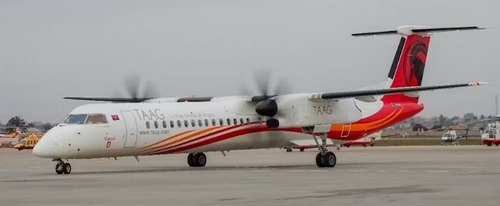
Fleet Management Programs are flexible, high-value maintenance planning solutions that lower operating costs and simplify fleet operations management. Tailored to suit the unique requirements of fleet operators and airlines, Pratt & Whitney's FMPs allow customers to focus on their core business and eliminate the overhead and logistical challenges of operating a maintenance facility.
The PW100/PW150 engine family powers 90 percent of 30- to 90-passenger regional turboprop aircraft operating today. These turboprop engines consume 25 to 40% less fuel and produce 50% fewer CO2 emissions than similar-sized regional jets. The engines offer airlines the best life cycle costs and help sustain an aircraft's value. In 2024, the engine family is celebrating the 40th anniversary of its entry into service.
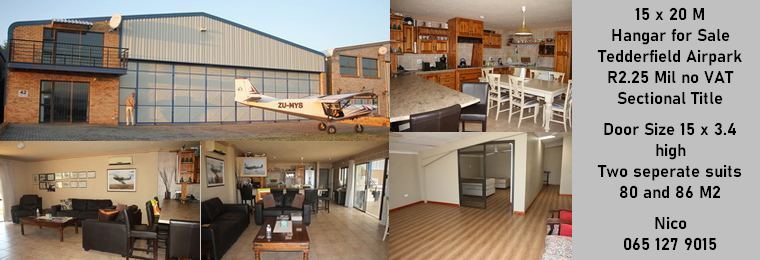
TURKISH AIRLINES, AIRBUS AND ROLLS-ROYCE TO STRENGTHEN PARTNERSHIP
Celebrating the historic order for 150 A321neo and 80 A350 Family aircraft placed in December 2023, Türkiye's flag carrier Turkish Airlines, Airbus and Rolls-Royce came together at Turkish Airlines' headquarters in Istanbul.
The recent aircraft order position Turkish Airlines as the world's largest operator of Rolls-Royce's Trent XWB engine. In line with the partnership with Rolls-Royce, the manufacturer is exploring the implementation of a number of industrial initiatives in Türkiye, including the potential establishment of a competitive Maintenance, Repair and Overhaul (MRO) capability and further supply chain sourcing.
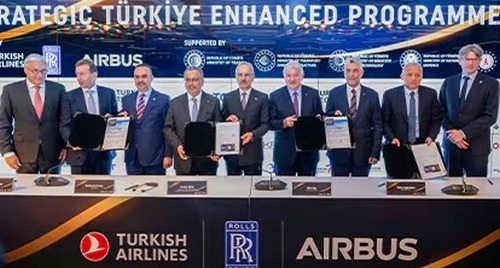
Türkiye has been an integral part of Airbus' supply chain for over 20 years, and today every Airbus commercial aircraft from the A220 to the A350 includes Turkish supplied parts. Directly and indirectly over 3,500 Turkish aeronautical jobs are supported by Airbus. At the end of 2023, the accumulated total amount invested by Airbus in Türkiye has exceeded US$4 billion. In addition, the 20-year collaboration has established a wealth of expertise, technological advancements and a highly skilled workforce in Türkiye's aerospace sector.
These initiatives aim to further develop the Turkish aerospace industry in accordance with Turkish Airlines growth ambition as well as Türkiye's aim to develop a robust aerospace industry. Supported with the acquisition of A321neo and A350 aircraft which aligns with Turkish Airlines' ongoing commitment to expand its reach and enhance service capabilities across its extensive flight network, the partnership also underscores all three partners' focus on sustainability and technological advancement. This forward-thinking approach is designed to foster innovation, create high-skilled jobs, and elevate Türkiye as a key player in the aerospace sector.

Embraer has reached a new delivery milestone on the world's preferred small narrowbody aircraft program; the delivery of the 1800th E-Jet production aircraft. The new Azorra owned E190-E2 was handed over to Royal Jordanian Airlines today at Embraer's facility in São José dos Campos, Brazil.

Samer Majali, Vice Chairman and CEO of Royal Jordanian Airlines, said, "We are delighted to participate in the milestone celebrations for Embraer and the E-jet program, recognizing the longstanding collaboration between Royal Jordanian and Embraer, supported by our valued partners at Azorra. The E2 family of aircraft supports our strategic aims and seamlessly integrates with our vision for regional connectivity and growth. This represents a pivotal role in our fleet modernization efforts, offering unmatched efficiency, flexibility, and passenger satisfaction. Together with Embraer and our esteemed partners at Azorra, we look forward to delivering exceptional passengers experience, while contributing to a more sustainable aviation industry."
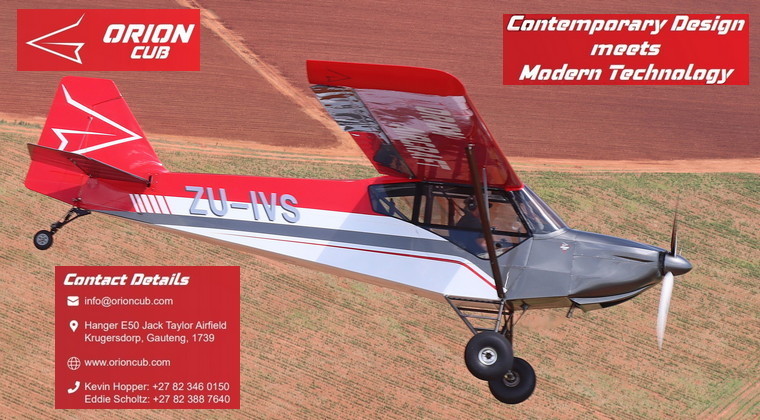
Bombardier today formally inaugurates its new $500 million Global aircraft assembly centre at Toronto Pearson International Airport, marking the full transition from its production site in nearby Downsview. Coinciding with the company's Investor Day, the celebration is drawing an estimated 4,000 people, including the employees, their families, shareholders, and dignitaries.
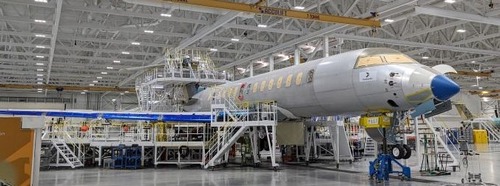
As for Downsview, Bombardier no longer owns the site, Kelly said: "Bombardier has moved all 2,500 workers to the new site. The Pearson location provided the right downsizing for Bombardier's footprint, spanning 40 acres rather than the 400-acre location at Downsview. Further, the 770,000-sq-ft new facility houses all the Global lines under a single roof and is producing synergies between the lines."

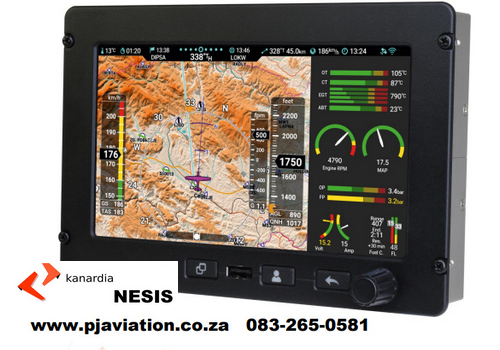
The International Air Transport Association (IATA) called for urgent action to deepen the understanding on the formation and climate impact of aviation contrails to develop effective mitigation measures. The newly released IATA report Aviation Contrails Climate Effect: Tackling Uncertainties & Enabling Solutions (pdf) calls for a strengthening of collaboration between research and technological innovation, coupled with policy frameworks to address aviation's non-CO2 emissions through more atmospheric data.
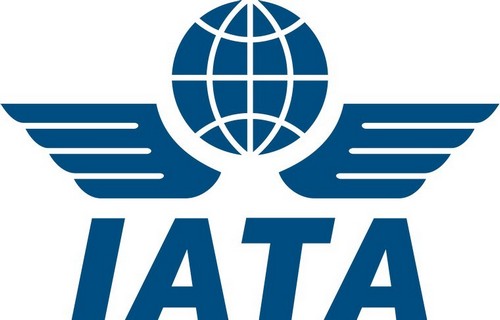
Recommendations
With current levels of understanding, the report made the following recommendations:
In the immediate term (2024-2030), the priority for mitigating aviation's climate change impact should be on reducing CO2 emissions over the uncertain gains that could stem from contrail detection and their mitigation. Over this time, increasing airline participation in sensor programs, continuing scientific research, and improving humidity and climate models should be the focus of work on contrail mitigation.

Longer-term actions (2040-2050): Aircraft should be continuously providing data and the models and infrastructure should be there and be reliable. The community will have at this point a more complete understanding of the non-CO2 effects of alternative fuels, with extended mitigation measures. These action items collectively aim to mitigate the climate impact of aviation while advancing scientific understanding and technological capabilities.
Background on Aviation's Non-CO2 Emissions
Aviation's impact on climate extends beyond CO2 emissions, with non-CO2 effects such as contrails and nitrogen oxides (NOx) also contributing to global warming. Persistent contrails, formed in ice-supersaturated regions, can transform into cirrus clouds which reflect incoming solar radiation (during the day) as well as trap outgoing heat. On balance, it is understood that contrails have a warming effect on the climate, with diurnal, seasonal, and geographical variations. However, despite extensive studies, significant uncertainties exist with respect to the capacity to predict individual contrail formation and their specific climate impact.
Initiatives and Trials: Recent collaborations among meteorologists, climate researchers, airlines, and aircraft manufacturers have yielded new insights that underscore the need for enhanced data collection and analyses of the likely air traffic network complications regarding any solutions. Trials with modified flight paths and alternative fuels have shown potential yet limited efficacy due to the variability of atmospheric conditions and the localized nature of where contrails occur.
Technological Advances and Future Directions: Advancements in developing humidity sensors to be placed on aircraft are critical for contrail prediction and avoidance strategies. Current sensor technology on commercial aircraft lacks the required sensitivity and response time, and there are only a handful of such sensors in operation at altitude. Ongoing research aims to develop more accurate, robust, and scalable solutions, and the use of sensors on a limited population of aircraft would allow the necessary improvement and validation of numerical weather prediction models.


The Federal Aviation Administration (FAA) released a final rule to limit carbon particles emitted by subsonic aircraft engines.

Why the rule is important: Ultrafine carbon particles that aircraft engines produce are an inhalation concern for humans. Also, nvPM emissions can become the nucleus for persistent contrails, meaning that the line-shaped clouds behind some jet engines expand into broader cloudiness that may affect the planet.
Engine manufacturers will have new emissions standards to follow to reduce harmful effects to health and the environment. This new rule gives manufacturers certainty about nvPM emissions criteria that they can use in developing the next generation of aircraft engines.
This action is part of the U.S. Aviation Climate Action Plan that sets out to achieve net-zero greenhouse gas emissions from the U.S. aviation sector by 2050. Find more information about the FAA and its environmental efforts at its Sustainability Gateway Page.
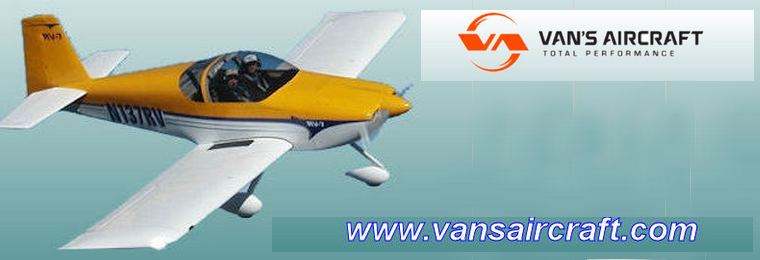

Kyrgyzstan: Bishkek-Manas International Airport (FRU/UCFM): An Avia Traffic flight K9117, a Boeing 737-3L9, suffered a bird strike on take-off from Bishkek-Manas International Airport (FRU). The flight returned for a safe landing 20 minutes after take-off. Damage was found on engine fan blades.
India, near Bhubaneswar: Vistara flight UK788, an Airbus A320-251N, returned to land back at Bhubaneswar Airport after encountering a hail storm. The aircraft made a safe landing at 08:45 UTC, 30 minutes after departure. The nose cone was damaged and a windscreen reportedly suffered cracks.
USA, North of Los Angeles, CA: An Alaska Airlines, Inc. flight AS1301, a Boeing 737-990ER, returned to Los Angeles International Airport after the crew reported fumes in the flight deck. The flight was heading to Seattle-Tacoma International Airport.
Colombia, Gustavo Rojas Pinilla International Airport (ADZ/SKSP): A Satena flight 9R8806, an ATR 42-500, suffered a nose gear collapse at while making a 180 degree turn on the turn pad of runway 06 at Gustavo Rojas Pinilla International Airport. The aircraft had backtracked on the runway and was preparing for a departure from runway 06.

Drakensberg Scenic Flight Bethlehem to Clocolan

Google Banner Ad
 |
 |
 Copyright © 2024 Pilot's Post PTY Ltd
The information, views and opinions by the authors contributing to Pilots Post are not necessarily those of the editor or other writers at Pilots Post.
Copyright © 2024 Pilot's Post PTY Ltd
The information, views and opinions by the authors contributing to Pilots Post are not necessarily those of the editor or other writers at Pilots Post.